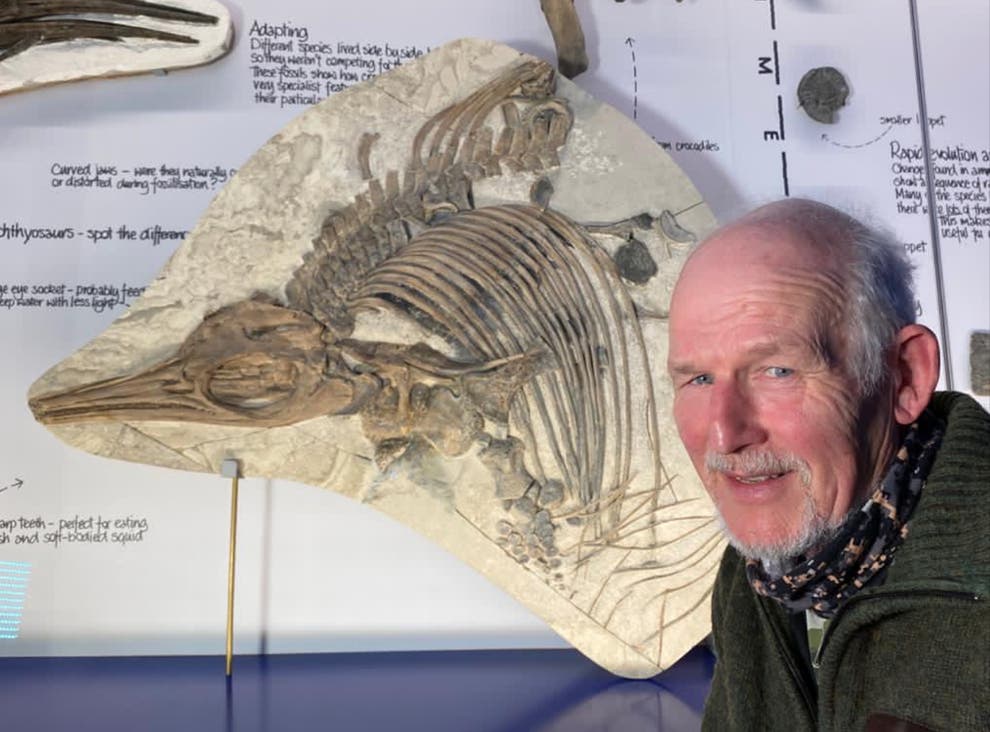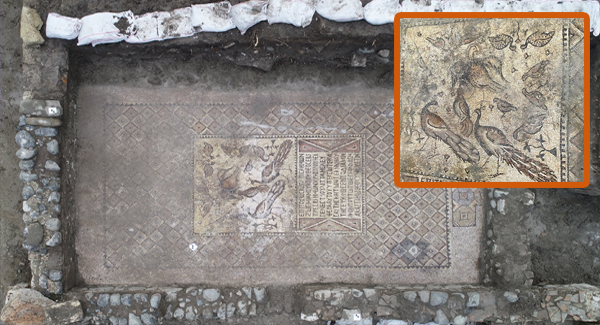Cleopatra VII, the last ruler of Egypt’s Ptolemaic Kingdom, remains one of history’s most captivating figures. Known for her intelligence, political acumen, and romances with Julius Caesar and Mark Antony, she was once the most powerful woman in the world. Yet, her final resting place has long been a mystery. Recent discoveries by Egyptian archaeologists have shed light on her lost tomb, unveiling secrets about her life, death, and the cultural legacy of ancient Egypt.
The Search for Cleopatra’s Tomb
The breakthrough in locating Cleopatra’s tomb came in the early 21st century, led by Dr. Zahi Hawass, Egypt’s former Minister of Antiquities, and Kathleen Martinez, a Dominican lawyer turned archaeologist. Inspired by Cleopatra’s legacy and ancient texts by historians like Plutarch and Cassius Dio, Martinez theorized that Cleopatra and Mark Antony were buried in the Temple of Taposiris Magna near Alexandria. Unlike the common belief that Cleopatra was buried within Alexandria, Martinez proposed the temple, dedicated to the goddess Isis (whom Cleopatra revered), as the likely site. In 2005, Egyptian authorities granted Martinez permission to excavate Taposiris Magna, setting the stage for a monumental discovery.
Excavations at Taposiris Magna
Located on the edge of the Libyan Desert, Taposiris Magna posed significant challenges due to its unstable structures and complex archaeological layers. Over years of excavation, the team uncovered coins bearing Cleopatra’s image, statues, and inscriptions linking the site to her. A significant find was a skillfully carved tunnel beneath the temple, leading to chambers that may have been Cleopatra’s burial place. Inside, a hidden room contained golden artifacts and inscriptions referring to a “Queen of Kings,” a title associated with Cleopatra. Other discoveries included 27 tombs, 10 mummies (two covered in gold), and a headless statue from the Ptolemaic period, alongside a mask resembling Mark Antony and 22 coins depicting Cleopatra’s beauty, challenging claims of her unattractiveness.
Mysterious Circumstances of the Find
The excavation process was marked by unusual events. Key discoveries often coincided with sudden sandstorms or unexpected rain, almost as if nature guided the team. Some archaeologists reported vivid dreams and visions of ancient rituals, adding a spiritual dimension to the project. A 2022 radar survey revealed a 1,305-meter-long water transport tunnel, a replica of Greece’s Eupalinos Tunnel, further highlighting the site’s engineering sophistication. These findings transformed Taposiris Magna into a major tourist destination, boosting the local economy and inspiring new generations of archaeologists through educational programs.
Cleopatra’s Life and Legacy
Cleopatra’s reign blended Egyptian and Greek cultures. Fluent in multiple languages, including Egyptian, Greek, and Latin, she forged strong diplomatic ties. She embraced Egyptian traditions, presenting herself as the reincarnation of Isis, while maintaining her Greek heritage. The tomb’s intricate carvings, hidden rooms, and tunnels reflect her vision for a grand eternal resting place. Artifacts like golden jewelry, statues, and inscriptions reveal her royal status, religious devotion, and ambition to be remembered as a divine ruler.
Taposiris Magna: A Historical Gem
Founded by Pharaoh Ptolemy II Philadelphus between 280 and 270 BC, Taposiris Magna, meaning “Great Tomb of Osiris,” was a significant religious and trade hub near ancient Lake Mariout. It hosted the Khoiak Festival, celebrating Osiris’s death and resurrection. Excavations uncovered a granite statue of a Ptolemaic king, a sphinx-lined temple entrance, and a Greco-Roman cemetery with mummies facing the temple, suggesting a royal burial. The site’s strategic location made it a vital trading center, known for its high-quality wine.
The Mystery of Cleopatra’s Death
Cleopatra died between August 10–12, 30 BC, at age 39 in Alexandria, marking the end of the Ptolemaic Dynasty after Octavian’s victory at the Battle of Actium in 31 BC. The traditional account claims she died by an asp bite, but Roman historians like Strabo, Plutarch, and Cassius Dio suggest poison via a cream or hairpin as alternatives. Modern scholars debate whether she committed suicide or was murdered, possibly on Octavian’s orders to avoid political backlash. Octavian allowed Cleopatra and Mark Antony, who stabbed himself after believing Cleopatra was dead, to be buried together honorably. Her son Caesarion was executed, but her children with Antony were spared and raised in Rome.
Speculation and Legacy
The tomb’s discovery sparked theories of a curse, similar to Tutankhamun’s, with some suggesting supernatural consequences for disturbing Cleopatra’s rest. Astrological alignments during key finds fueled speculation of divine intervention. Cleopatra’s strategic alliances with Caesar and Antony aimed to create a Greco-Roman-Egyptian empire centered in Alexandria, a vision cut short by her defeat. Her tomb’s artifacts, including Isis-related statues, underscore her divine self-image and enduring legacy.
Conclusion
The discovery of Cleopatra’s tomb at Taposiris Magna is a landmark in archaeology, offering insights into her life, reign, and cultural fusion. The elaborate tomb, filled with treasures and mysteries, reflects her grandeur and ambition. While questions about her death and legacy persist, this find deepens our understanding of Egypt’s last queen. What are your thoughts on this astonishing discovery? Share them in the comments!























